All Aboard the Curriculum Ship
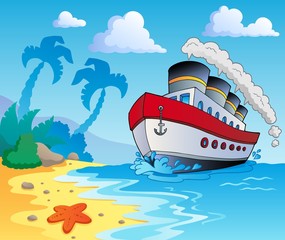 Is your child falling off the Curriculum Ship?
Is your child falling off the Curriculum Ship?
The Curriculum Ship leaves dock in early September and starts steering its course until mid to late June, when it arrives at port somewhere on the other side of the ocean.
Not slowing down even when some passengers are falling off the side of the boat, the ship must go full steam ahead.
Marianne, age 9, is barely treading water while she watches the ship leave her behind, having fallen off the ship in early October.
Upset by what is happening in school, Marianna’s mom said, “This week they are reading science stories about photosynthesis. Photosynthesis,” she exclaims, “she can’t read or pronounce the word!!!! She has no idea what’s going on. Yesterday she got a worksheet packet all marked wrong. Marianne was beside herself, feeling horrible. How does a 9-year-old deal with all this failure?”
Looking at the worksheet packet, I could feel my blood pressure rising. Beside “photosynthesis,” there were many other words on the page that Marianne could not read on her own. Yet, that was what she was being asked to do.
Clearly she was in over her head and quite frustrated.
I tell the mom the work is simply too hard and that it was analogous to asking someone to lift 50 pound weights when they could only lift ten.
“I know,” she responded. “It took her two hours to complete the worksheets last night and she still got an F along with those frown faces at the top of the sheet.”
I tell her, “It’s the Curriculum Ship. The message is swim harder if you want to keep up with the ship.”
Children face rough waters when they are not in the green zone (See last week’s post: Green-Yellow-Red Zone)
The Curriculum Ship doesn’t bother to consider which passengers have fallen over board and need to be rescued.
The ship must reach the other side.
That is its mission.
Takeaway Point
The Curriculum Ship is tough to deal with. Advocate where you can by having an open relationship with the teacher. Point out where your child is in over their head. Ask to cut back on the “frowny faces,” especially when good effort is shown, as in the case with Marianne.
(There’s a lot more that can be said about this, but it’s a start.)
(***Please note: All blogs represent the opinion and perspective of Dr. Richard Selznick. Comments and questions are welcomed, but are blocked by the hosting site. Please email questions or comments: rselznick615@gmail.com)
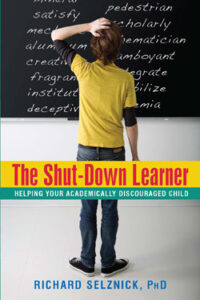 Copyright, Richard Selznick, Ph.D. 2023, www.shutdownlearner.com.
Copyright, Richard Selznick, Ph.D. 2023, www.shutdownlearner.com.
To Contact Dr. Richard Selznick for advice, consultation or other information, email rselznick615@gmail.com.
To receive future blog posts, register your email: https://shutdownlearner.com.
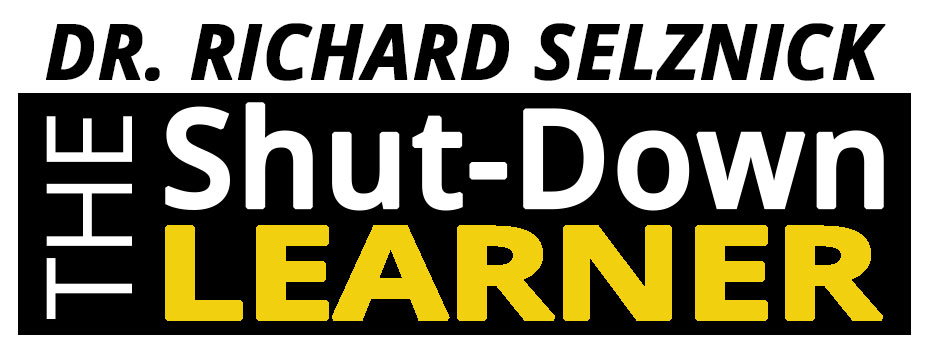
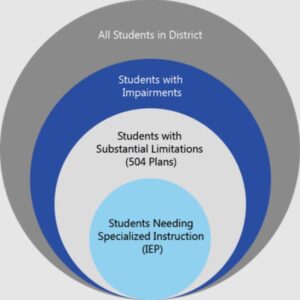 In last week’s post we talked about some of the basics involved with 504 Plans (
In last week’s post we talked about some of the basics involved with 504 Plans ( Parents will come to me loaded with terms only partially understood, like referring to “504 Plans.”.
Parents will come to me loaded with terms only partially understood, like referring to “504 Plans.”. Last Sunday there was a feature article in the New York Times on the science of reading emphasizing that “science” has confirmed the need to teach children phonics. (
Last Sunday there was a feature article in the New York Times on the science of reading emphasizing that “science” has confirmed the need to teach children phonics. ( One of my favorite comedic bits is the one from Jerry Seinfeld’s standup where he talks about the difference between flying first and passenger class. As the stewardess brusquely pulls the curtain between the first class and the rest, she has a look of, “If you only worked harder,” looking at the hapless passenger class.
One of my favorite comedic bits is the one from Jerry Seinfeld’s standup where he talks about the difference between flying first and passenger class. As the stewardess brusquely pulls the curtain between the first class and the rest, she has a look of, “If you only worked harder,” looking at the hapless passenger class.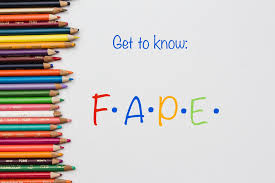 Let’s say you have a 7 year old child just finishing second grade who struggles greatly with reading, spelling and writing and has been diagnosed with a learning disability (i.e., dyslexia).
Let’s say you have a 7 year old child just finishing second grade who struggles greatly with reading, spelling and writing and has been diagnosed with a learning disability (i.e., dyslexia).

